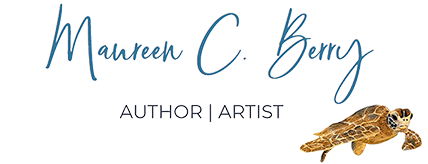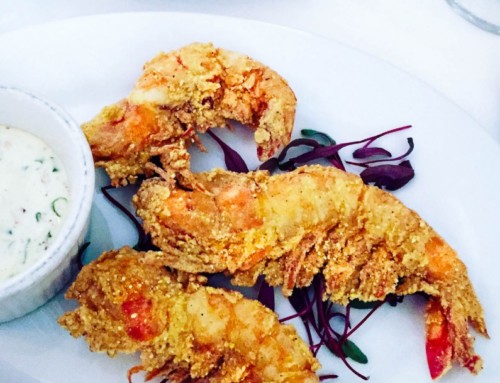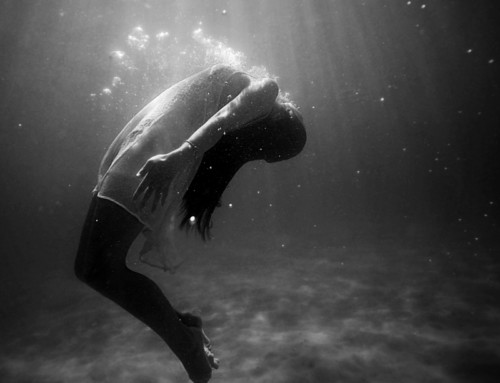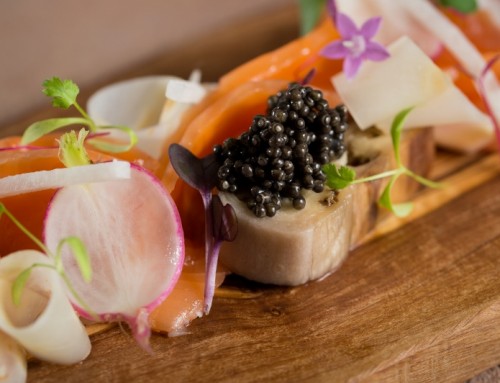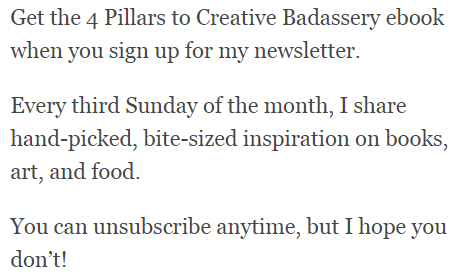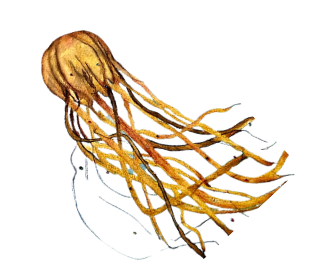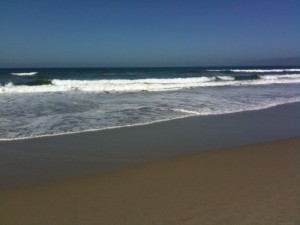 Global fisheries have many responsibilities and its functions are diverse and complicated. While its primary function is to manage fish stocks, it also works with others to bring freshest, sustainable seafood products to market.
Global fisheries have many responsibilities and its functions are diverse and complicated. While its primary function is to manage fish stocks, it also works with others to bring freshest, sustainable seafood products to market.
How does it do that?
Organizations and groups, like the Marine Stewardship Council (MSC) and Monterey Bay Aquarium (MBA) partner with seafood fisheries, scientist and the public to make sure that what we’re eating on our dinner plates is the most sustainable seafood available. Both MSC and MBA have easy-to-detect symbols to identify which seafood items to buy when you’re shopping.
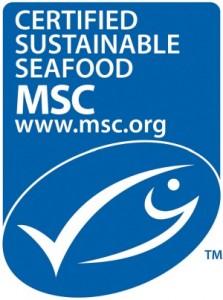 MSC offers a small, oval blue eco-label to recognise and identify those species that are certified, sustainable seafood products or simply those that have the least impact on the environment. Its website is full of information on where to buy seafood, tracking fisheries, recipes and more.
MSC offers a small, oval blue eco-label to recognise and identify those species that are certified, sustainable seafood products or simply those that have the least impact on the environment. Its website is full of information on where to buy seafood, tracking fisheries, recipes and more.
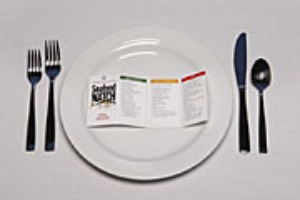 Recently, Monterey Bay Aquarium updated its Seafood Watch list, a free, user-friendly guide for making smart choices at the market. Seafood Watch uses an easy color-coding system based on the traffic light colors, red, yellow and green, after the same principles we use for driving. Red means avoid, yellow, a good alternative or go ahead with caution, and green for best choice. Its newest rating, The Super Green List, combines what’s good for you and good for the ocean. Seafood Watch guides are available free online, in the App Store and the Android Market.
Recently, Monterey Bay Aquarium updated its Seafood Watch list, a free, user-friendly guide for making smart choices at the market. Seafood Watch uses an easy color-coding system based on the traffic light colors, red, yellow and green, after the same principles we use for driving. Red means avoid, yellow, a good alternative or go ahead with caution, and green for best choice. Its newest rating, The Super Green List, combines what’s good for you and good for the ocean. Seafood Watch guides are available free online, in the App Store and the Android Market.
These lists change as seafood fisheries work to keep up fish stocks, and shoppers like you continue to make smart choices. So the next time you’re shopping for fresh seafood, look for these symbols and support sustainable seafood.
Logos are property of MSC and MBA with limited use.
